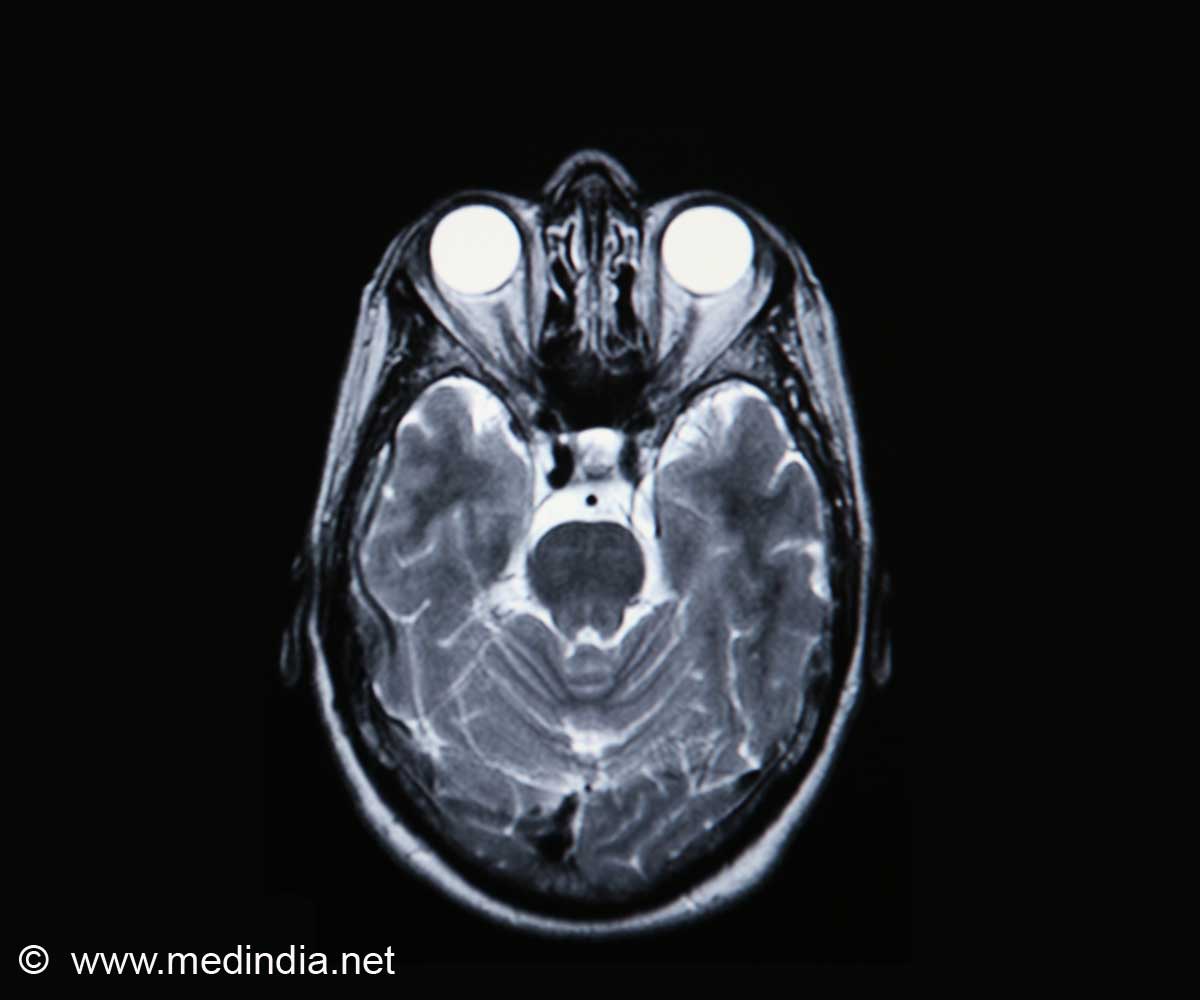
"However, until recently there was little understanding of how this might actually be implemented in the brain.
"We found that certain neurons seem to represent the accumulation of evidence to a threshold and others represent the evidence itself, and that these two types of neurons interact to drive decision-making," he added.
The researchers presented monkeys with a simple visual task of finding a target on a screen that also included distracting items. The researchers found that neurons processing visual information from the screen fed that information to the neurons responsible for movement.
These movement neurons served as gatekeepers, suppressing action until the information they received from the visual neurons was sufficiently clear. When that occurred, the movement neurons then proceeded to trigger the chosen movement.
The researchers also found that the movement neurons mediated a competition between what was being seen-in this case, the target and distracting items-and ensured that the decision was made to look to the proper item.
Advertisement
"Impairments in decision-making are at the core of a variety of psychological and neurological impairments. This work may help us to understand why these deficits occur at a neurobiological level," said Purcell.
Advertisement
"In our work, rather than coming up with a mathematical expression for the inputs to the neural decision process, we defined those inputs with actual recordings from neurons. This hybrid model predicts both where and when the eyes move, and variability in the timing of those movements," said Thomas Palmeri, a co-author of the study. (ANI)
The research was published in the Psychological Review.
Source-ANI










